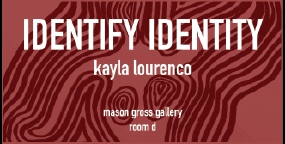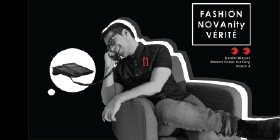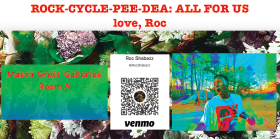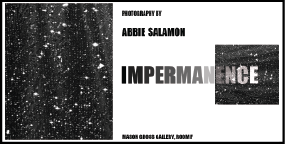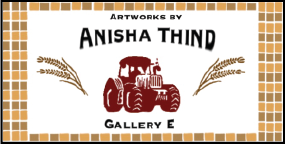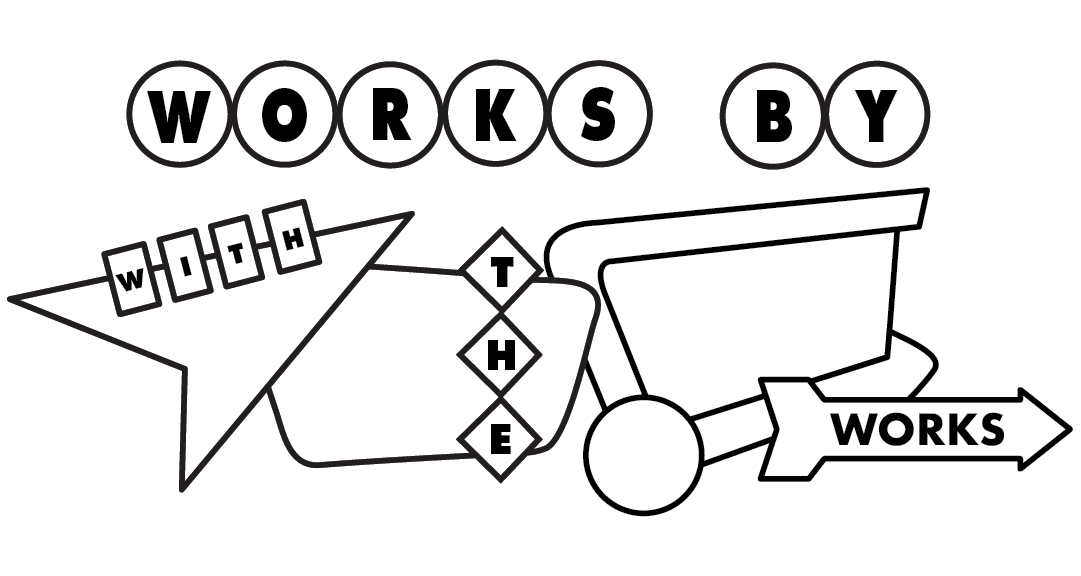They say parents are the ones who give you life, but your grandparents are the ones that teach you about culture. Born a child to immigrant parents, growing up was a weird experience with both American and Punjabi influences. Not being born from Punjab sometimes makes me feel out of touch with my culture because I didn’t experience things the same way kids do growing up over there. However, growing up in America did provide some opportunities I wouldn’t have back in Punjab and I am grateful for that. This Protest is important to me because it helps me stay connected to my culture, the Sikh community in Punjab and stick up for what’s right.
The Sikh community is no stranger to injustice especially by the Indian Government and the rise of the farmers’ protest began when the prime minister of India, Narendra Modi, introduced the farm bills. Farmers are protesting because the bill doesn’t support their livelihoods. I wanted to bring this issue to the light because it is an important social issue to discuss world wide and not just in our community. In addition, I wanted to shed some light on the way these farmers are being treated while protesting peacefully on the streets.
My work is a balanced mix of paintings, printmaking, and sculpture because these are the main mediums I work in outside or in school. Paintings help convey certain imagery and colors that are common to see when in research of the protest. Prints in my work display patterning, which I do very often in the print shop and sculpture helps take up physical space in the gallery. A common theme in my work would be colors because they play a major role in the imagery or objects. Something I would say was passed down from my mother would be sewing and there are some sewing aspects in my work that I incorporated. The title of my show is tied to my topic because it was one of the chants spoken at the protests happening in India.
I would want the potential audience to be curious about what’s going on in Punjab and why elders, women, and men are being treated poorly while fighting for something they believe in and something that affects their livelihoods. Essentially, I would like the viewer to relate in some sort of way and connect this protest with other major or minor protest movements that are happening or have happened in the past. Some feelings I would imagine would be surprised, enraged, empathy, curious, confused, etc.
**This show is dedicated to my late grandmother who passed away earlier in the year and couldn’t see the show in person**
Also, special shout out to Deep Sidhu, actor and activist of the Farmers Protest, and may he rest in peace. Waheguru Ji Ka Khalsa Waheguru Ji Ki Fateh.
